60 Seconds with Furniture Designer Jomo Tariku
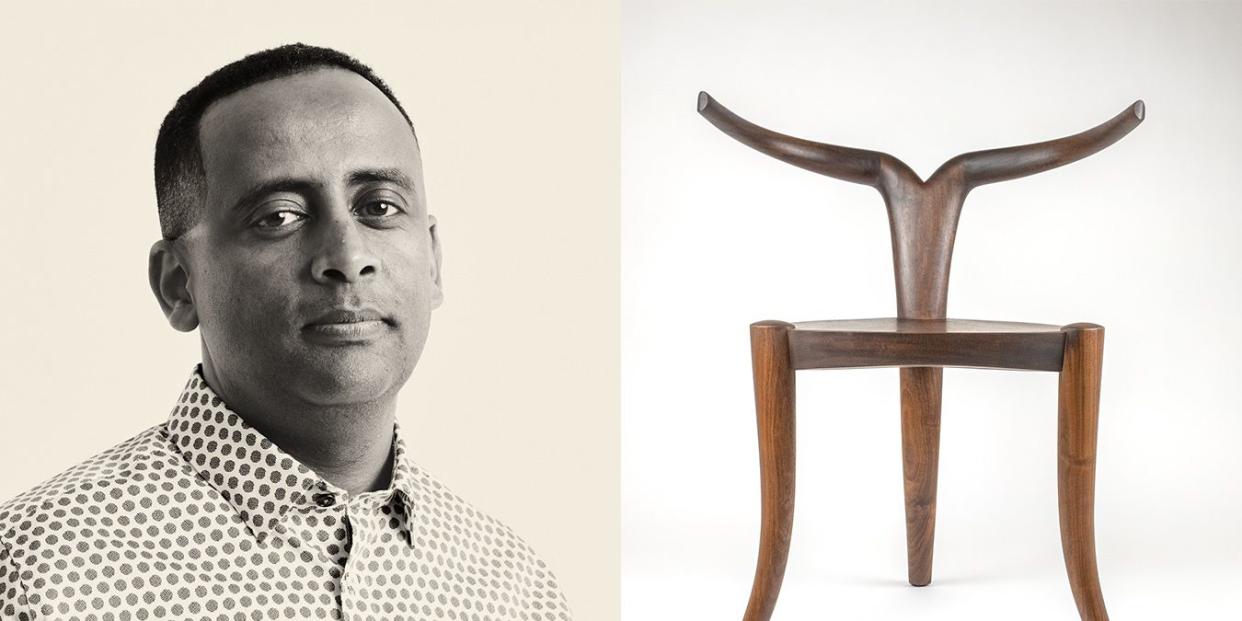
In "60 Seconds With," ELLE Decor editor Charles Curkin chats with creatives and industry leaders, getting the scoop on their life and work in one minute or less. In this installment, he chats with Jomo Tariku, the Ethiopia-born, Virginia-based furniture designer and founder of Jomo Furniture who was featured as part of a story on the Black Artists + Designers Guild in the April 2019 issue of ELLE Decor. His beautiful wood pieces are handmade and inspired by the artisans of Sub-Saharan Africa. Tariku's one minute starts...now.
When did you come to the United States from Ethiopia?
In 1987 to study industrial design at the University of Kansas.
What are some jobs you worked before starting your furniture studio?
I have been a janitor, a grocery night stocker, and a cashier at a convenience store. These days, I keep a day job as a data scientist at a large NGO.
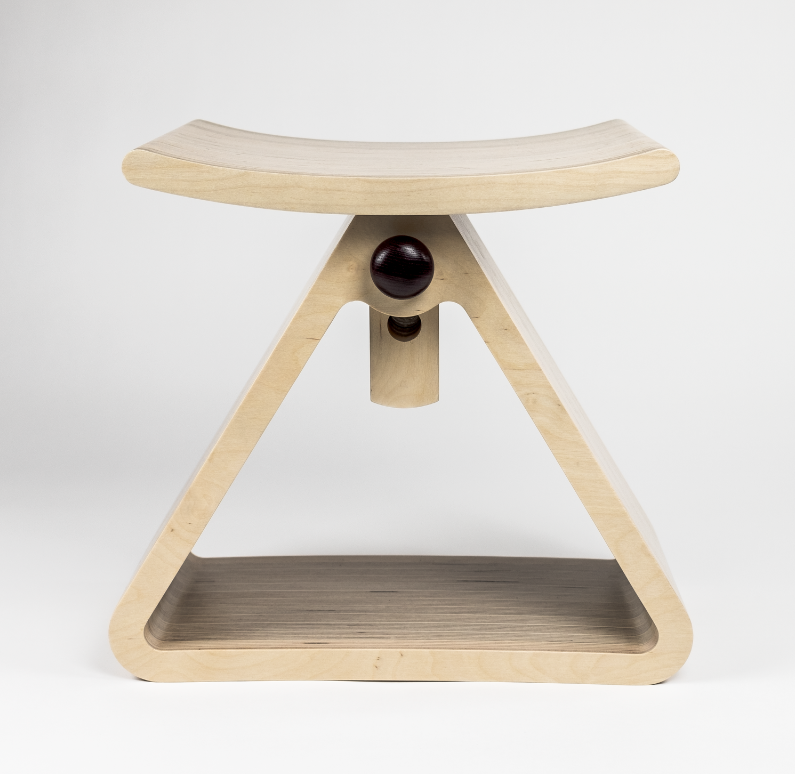
Tell me about your latest collection.
All of my collections are inspired by my African cultural heritage. The two chairs are the result of my obsession with traditional three-legged stools. The Nyala chair came from a sketch I developed after seeing the beautiful horns of the male mountain antelope, and the MeQuamya chair was inspired by the T-shaped prayer staffs used in Ethiopian Orthodox church ceremonies.
And the Ashanti I and Boratii?
The Ashanti is a reinterpretation of a traditional Ghanaian stool, while the Boratii was inspired by the wooden headrest found in the Oromia region of Ethiopia.
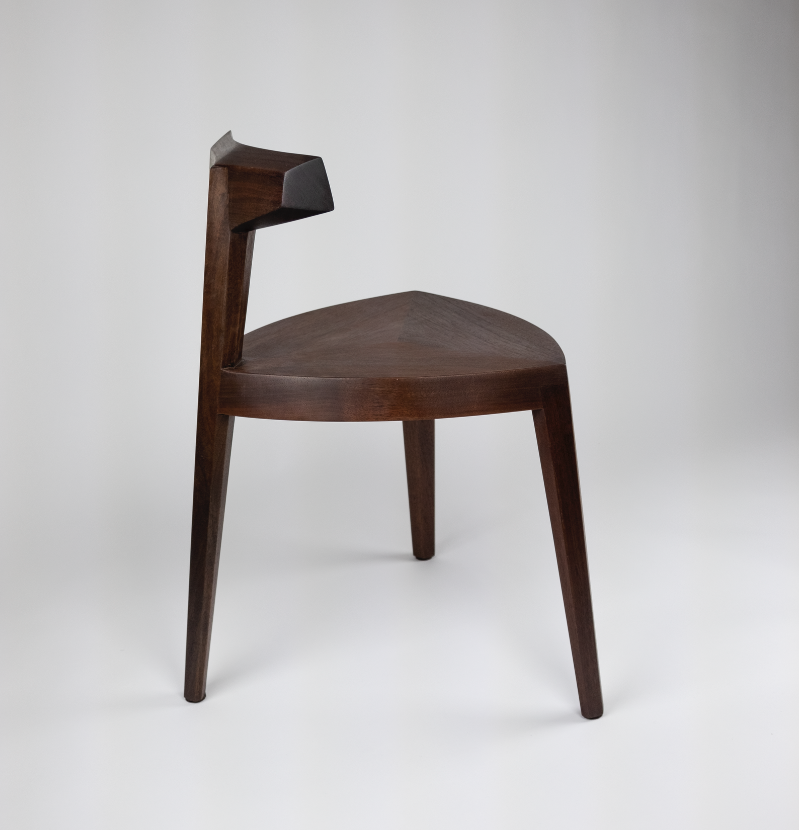
What was your biggest hurdle breaking into the business?
The standard definition of African furniture was either European furniture upholstered with colorful batik fabrics, or hand-crafted pieces, or recycled or upcycled furniture, masks, and so on. That did not align with my approach to designing modern African furniture. The market was not ripe like it is now when I started in 2008. This led my partner and I to shut down our studio and pretty much walk away from it all.
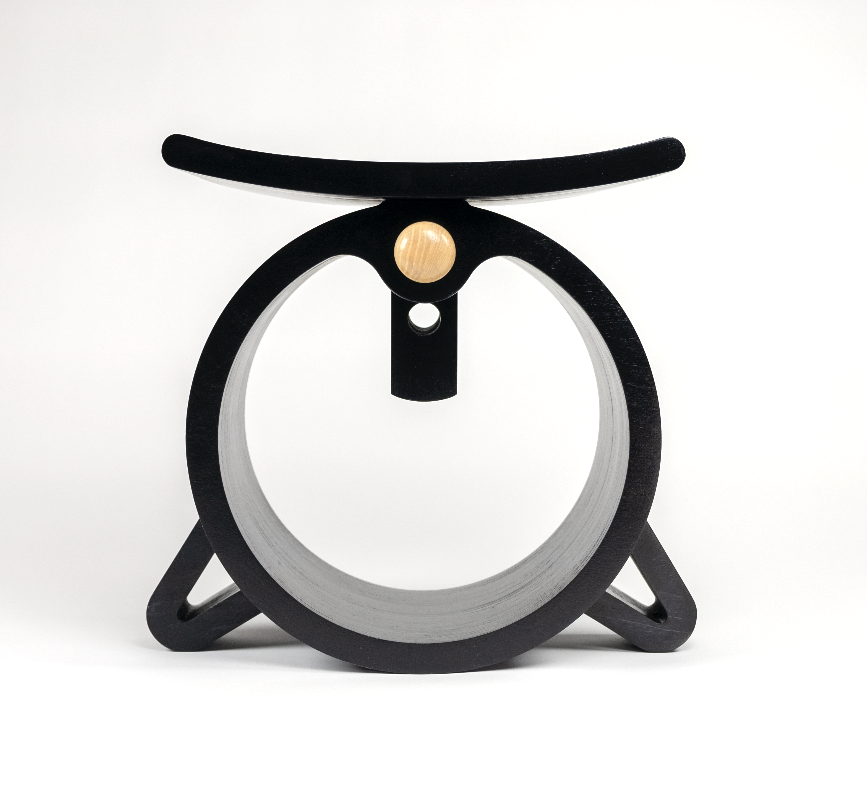
Are there any big problems in the industry you think should be addressed?
There is a lack of black designers in the home and décor industry. It’s very evident to me, especially when I travel for shows or attend conferences all over the world where I am one of a few black designers present. Seeing it once is fine, but when you notice it repeatedly, you recognize our role is minuscule. It's the same issue with trend-setting magazines. I say this because our industry is so closely defined by one’s history and cultural heritage, be it in the making or design process. The ultimate definers of it have repeatedly been designers and companies from Italy, the Scandinavian countries, Germany, Japan, Spain, and Brazil.
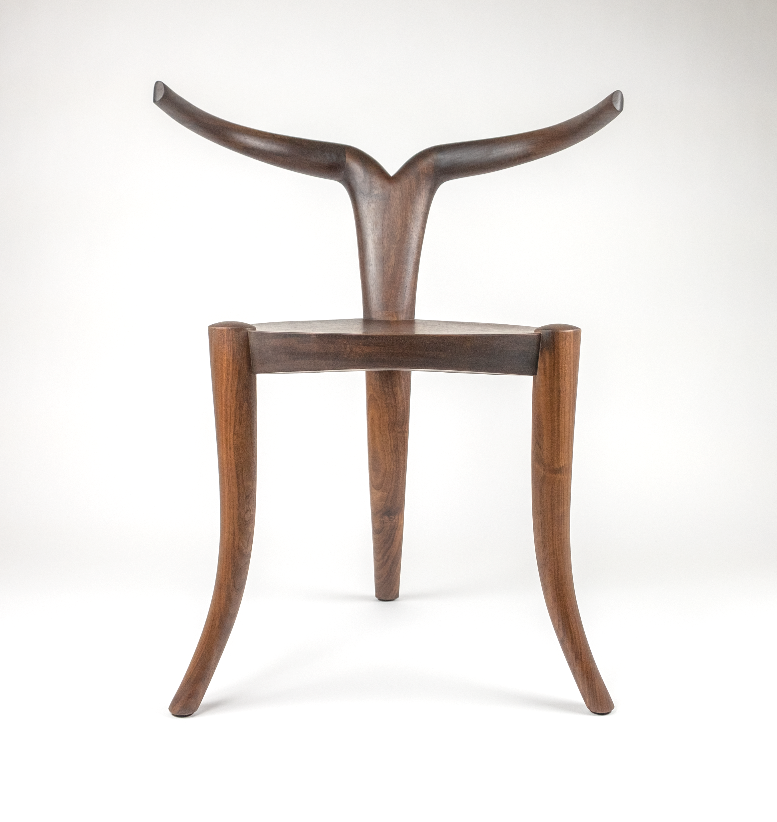
Have you noticed any positive changes in your own business since the establishment of the Black Artists + Designers Guild?
Yes. Other than connecting with other black designers and not feeling like I am on an island, I have been approached by various industry people from all corners, including ELLE Decor. I have recently been invited to be part of a curated furniture show at a museum-this was unthinkable to me few weeks ago. I don’t think I have fully quantified the impact yet. All I can say is “wow” at the moment, because my long journey is finally being realized.
('You Might Also Like',)

